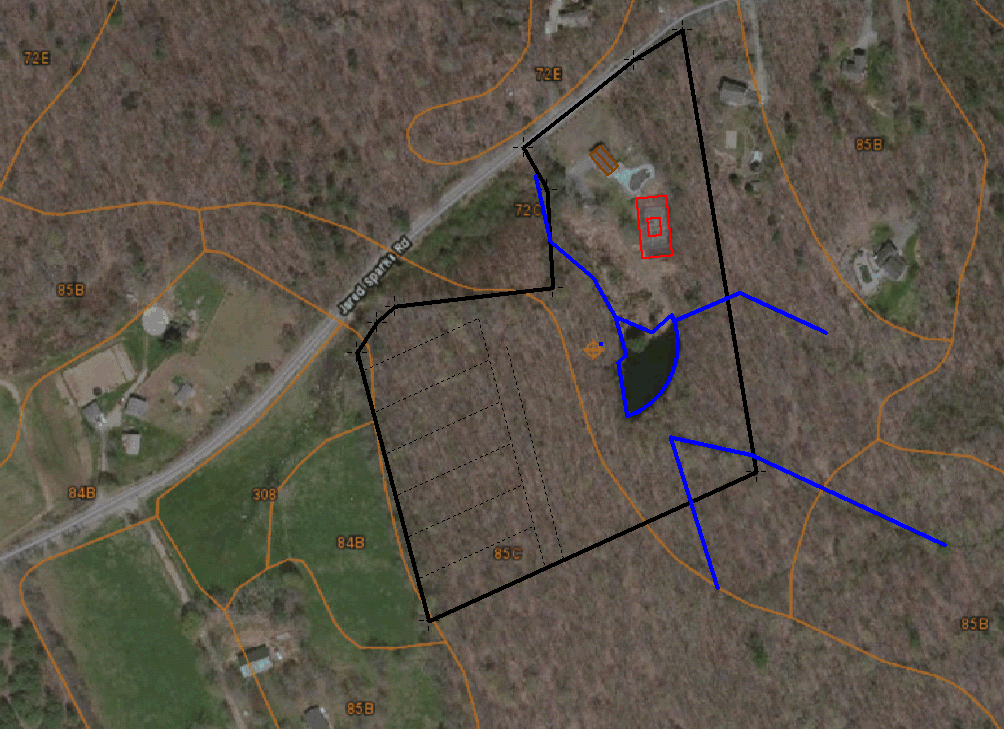
 2
2




 2
2




Once you make a decision, the universe conspires to make it happen. - Ralph Waldo Emerson








Once you make a decision, the universe conspires to make it happen. - Ralph Waldo Emerson
















Earthworks are the skeleton; the plants and animals flesh out the design.




ecofengshuinyc.blogspot.com; Nutrient Dense Crop Production certificate











 1
1




Earthworks are the skeleton; the plants and animals flesh out the design.















Earthworks are the skeleton; the plants and animals flesh out the design.





|
My name is Inigo Montoya, you killed my father, prepare to read a tiny ad:
Learn Permaculture through a little hard work
https://wheaton-labs.com/bootcamp
|





